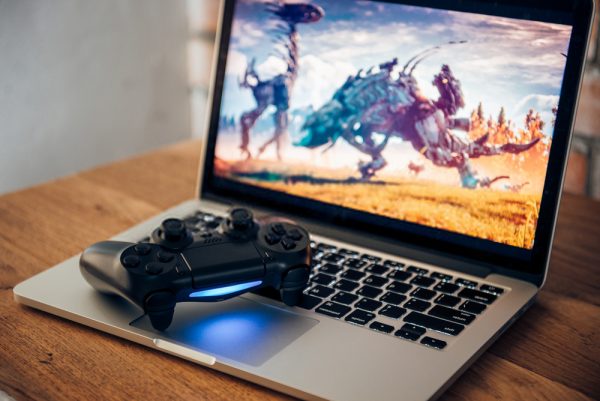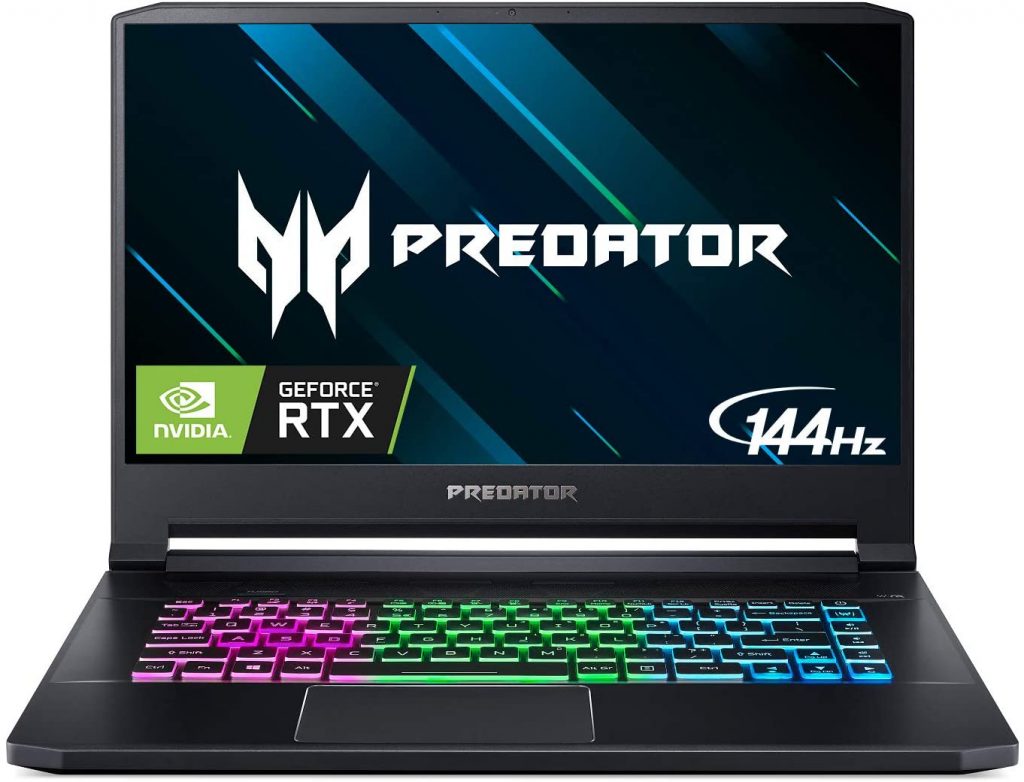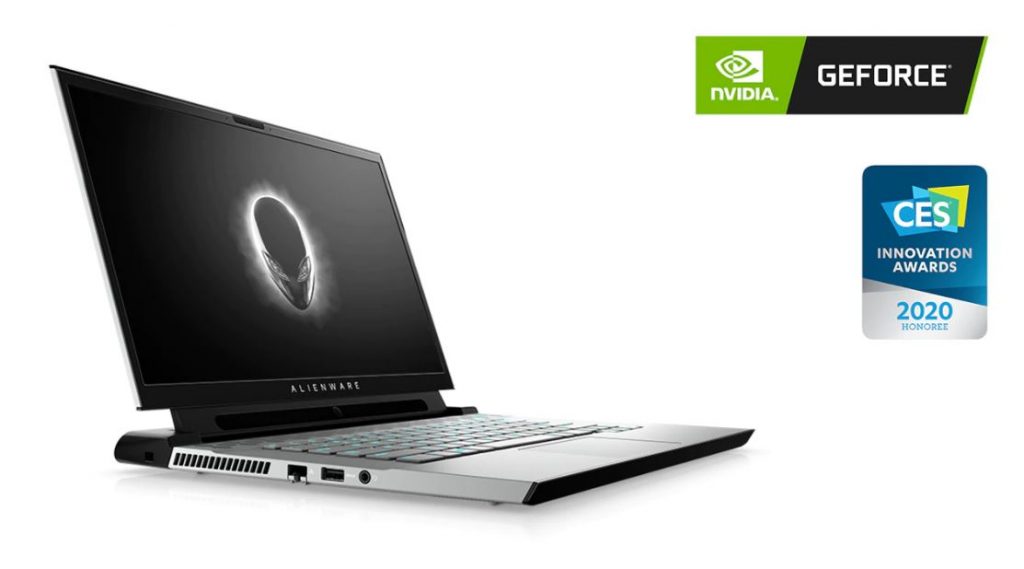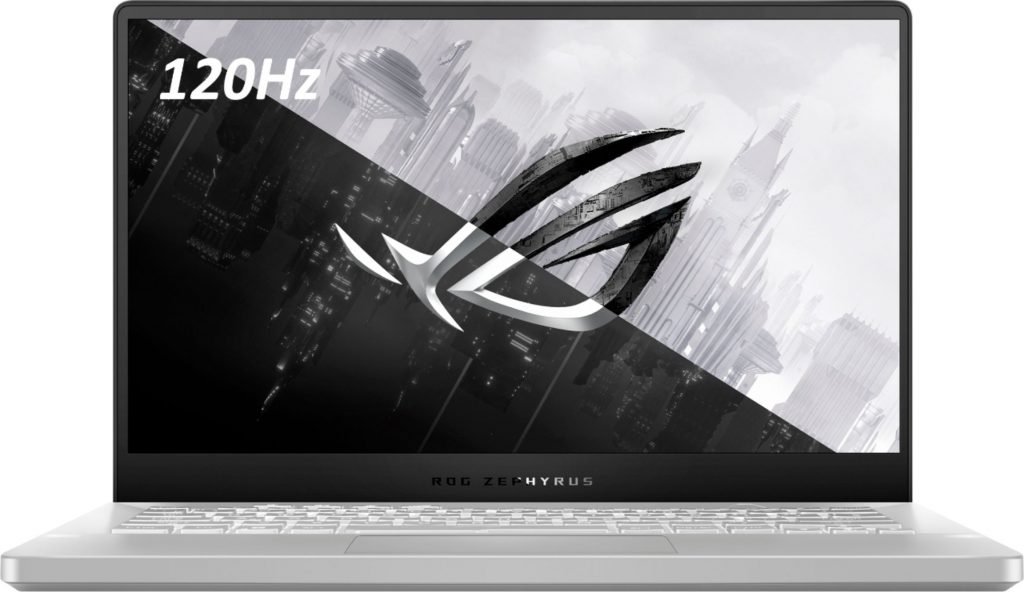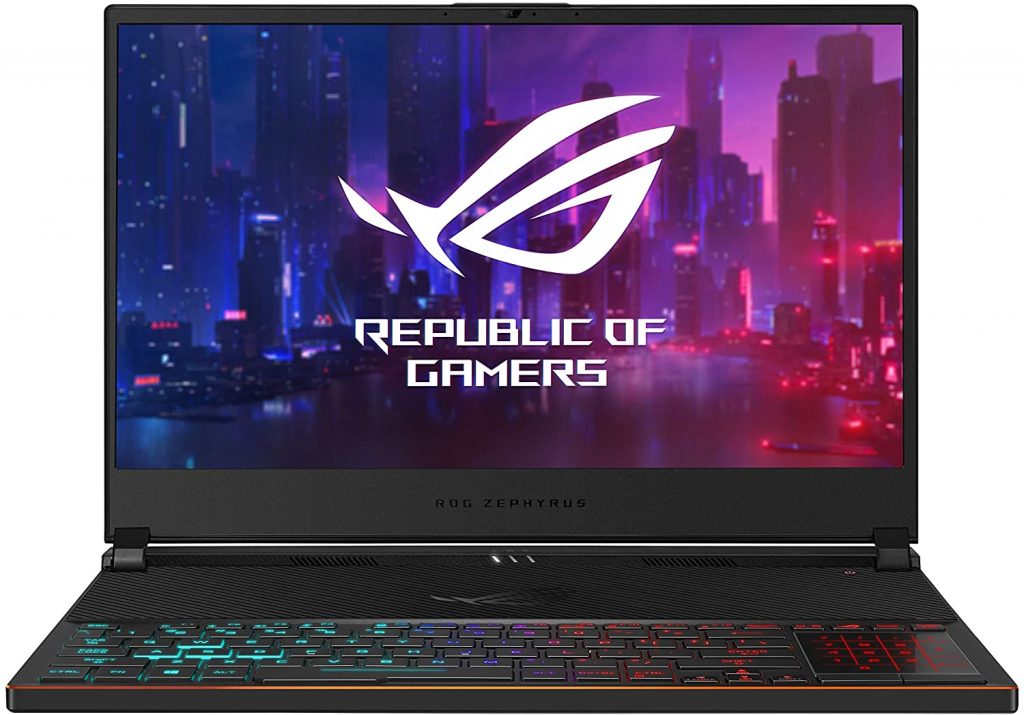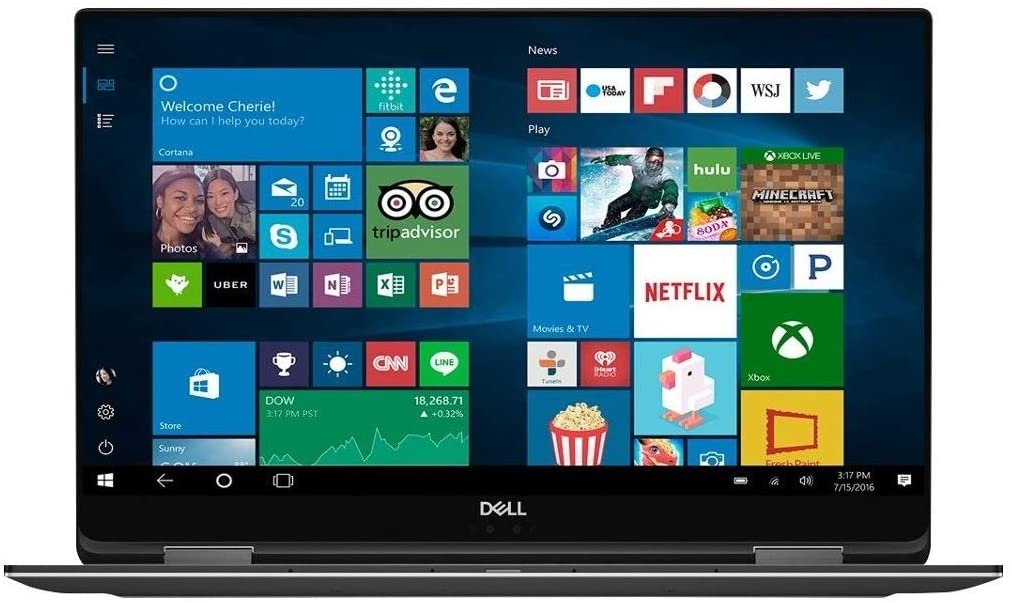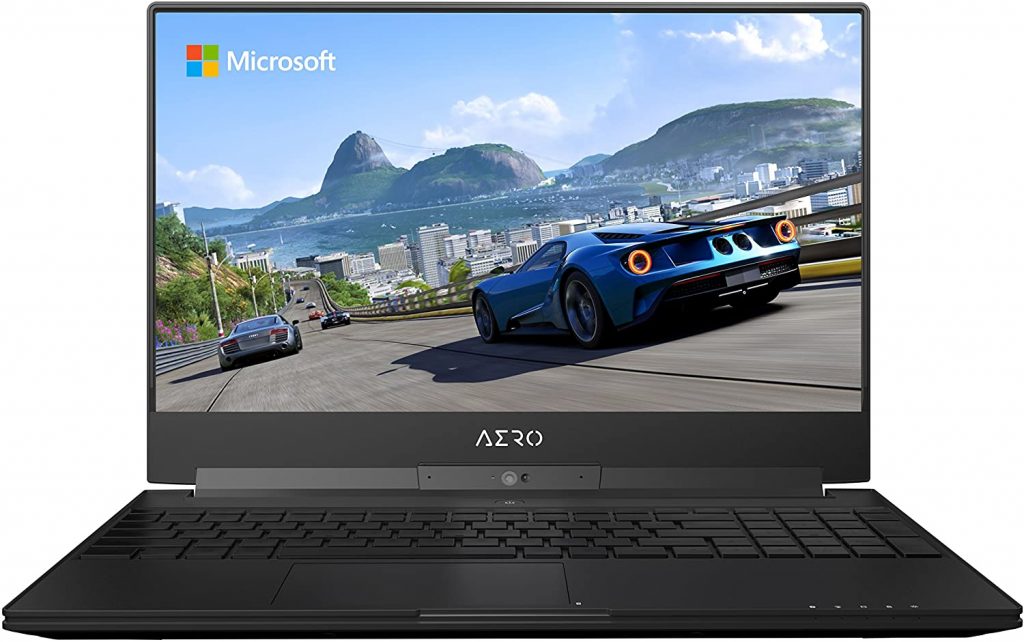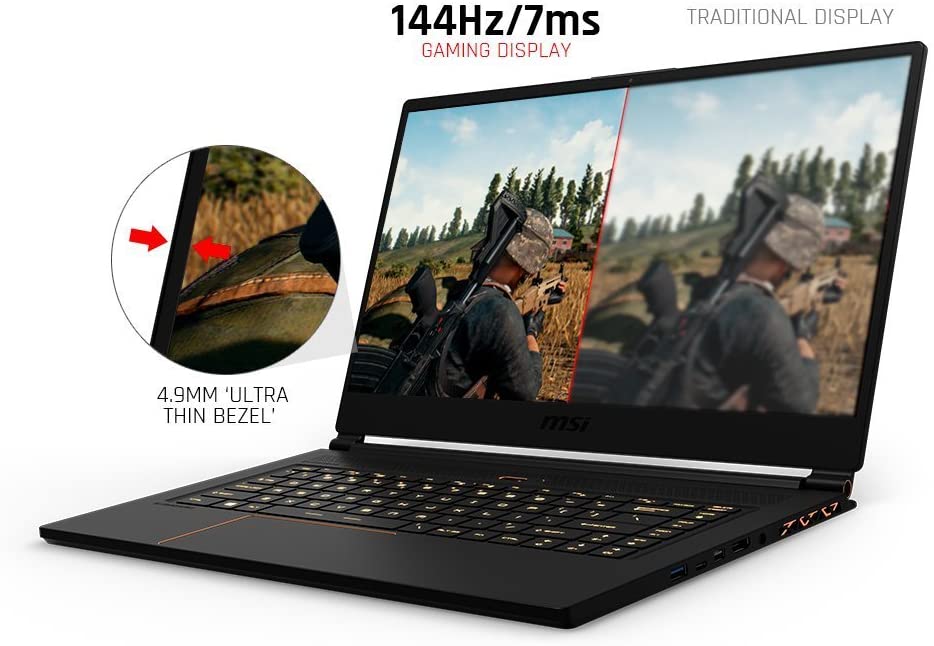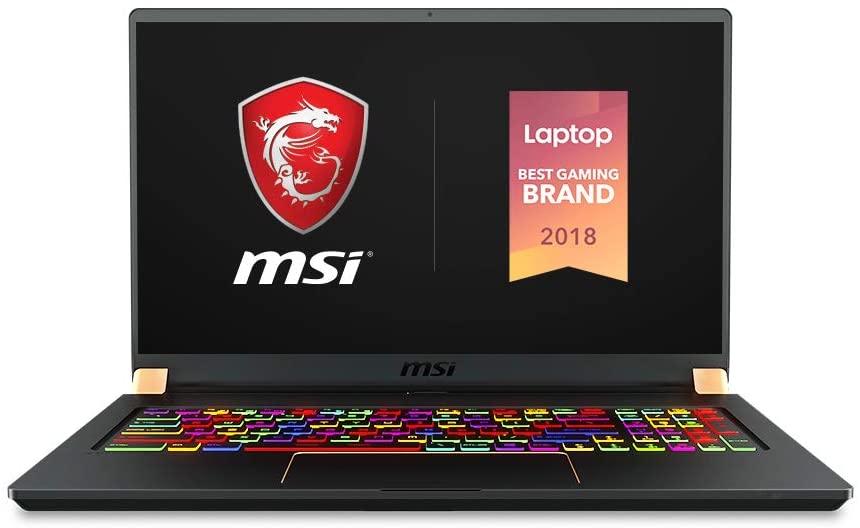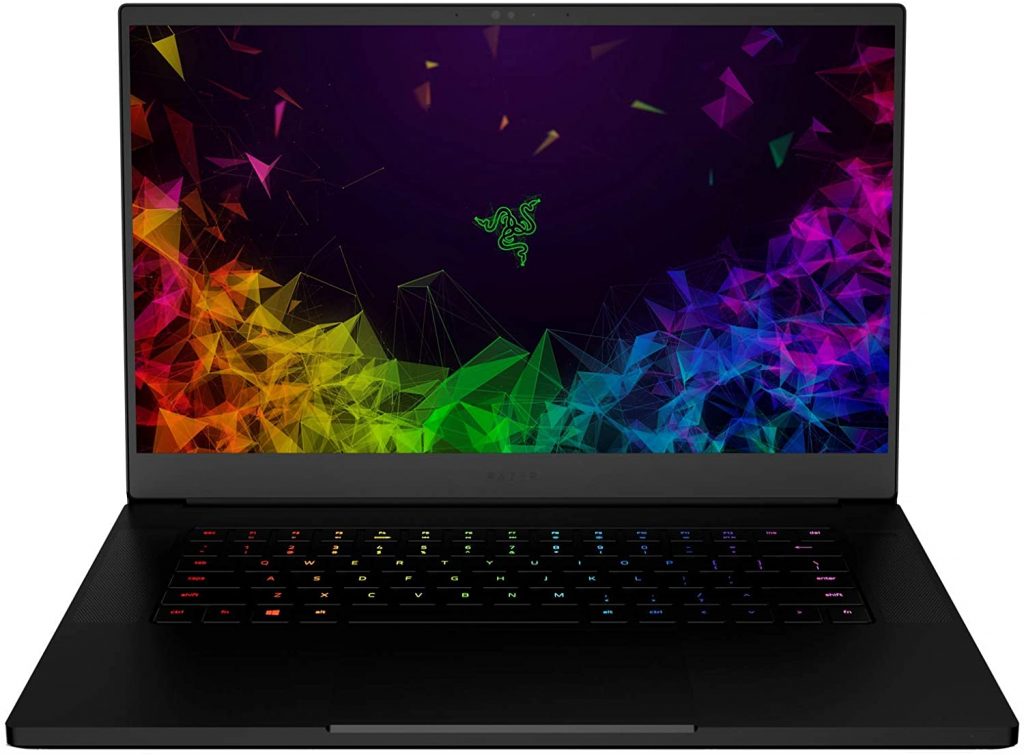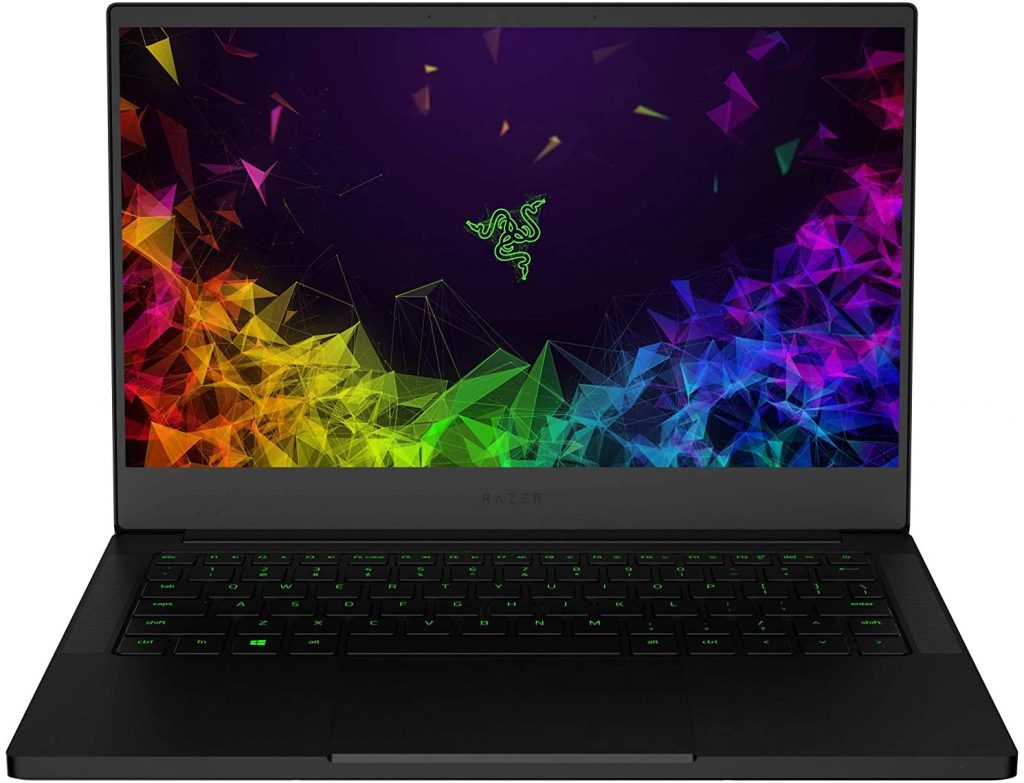Firstly, some people want to play games but want a sleeker, more low-key design. Moreover, other people want to be able to play games while they’re traveling without lugging a heavy load around. These are some reasons why buying a thin gaming laptop is a great option for many people. You can play games while traveling with a laptop that’s more low-profile than your average gaming laptop.
Thin Gaming Laptop vs Normal Gaming Laptop
The difference between a thin gaming laptop and a normal gaming laptop is as it sounds. Normal gaming laptops are usually bulky and heavy because they load in lots of thermal cooling solutions within the laptop. They’re still portable, but they’re considerably thicker and heavier. While normal gaming laptops are great for gaming, you might get a few looks from your co-workers if you bring it to work. In contrast, a thin gaming laptop has the advantage of being lighter and more portable. They also typically scream gamer a little less compared to the more normal gaming laptop alternatives. However, they will have their disadvantages compared to regular gaming laptops that you can buy on the market.
Benefits Of Thin Gaming Laptops
Having a thin gaming laptop gives gamers many benefits. Firstly, a thin gaming laptop equals a portable gaming laptop because of the thin and compact design. You can bring them around and comfortably carry them in a backpack compared to your average gaming laptop. Secondly, thin gaming laptops are usually more pleasing to the eye. Of course, they’re nothing like ultrabooks that look like legitimate notebooks. However, they normally do have sleeker designs compared to the beast of a device that regular gaming laptops have. Lastly, a thin gaming laptop may sound like it’s less powerful. However, the laptop industry has stepped up its game in recent years. It’s not uncommon to find a powerful thin gaming laptop that performs well enough for most gamers.
Does a Thin Gaming Laptop Compromise the Quality?
While a thin gaming laptop can have the best processors and graphics cards, power doesn’t always equate to performance. That’s because even if you have the best laptop GPU and CPU available on the market, you’ll still have to deal with thermal throttling. There might not be enough space to have a robust cooling system in thin laptops. If you push your system to play AAA games at the highest settings while overclocking, your machine could get dangerously hot. That’s why regular gaming laptops still have an edge over their thin counterparts. This isn’t the only compromise, either. A thin gaming laptop may also have to sacrifice a few ports, depending on how thin you want your laptop. Ultra-thin laptops might not be able to fit ethernet or HDMI ports well. Moreover, thinner laptops have smaller batteries which may be troublesome if you consume power a lot. These are some of the drawbacks you have to live with if you want a thin gaming laptop. If you can live with them, though, then you’ll find that the gaming experience is still quite pleasant.
Can an Ultrabook Sustain Heavy-Load Games?
If you’ve ever asked what is the thinnest gaming laptop available, then an ultrabook is more than worth looking into. You might already have an ultrabook and are considering using it for gaming. Why waste money to buy a dedicated thin gaming laptop if you already have an ultrabook? After all, it’s not guaranteed that you’ll get to buy an affordable laptop if you want something for gaming. While that is a fair point, you need to know a few key things before you start gaming on your ultrabook. Ultrabooks have to meet certain criteria to qualify as an ultrabook. This includes height specifications of under 18mm or 21mm (for 13-inch and 14+ inch laptops, respectively). This and other ultrabook specifications make it somewhat difficult for them to play heavy-load games, but the idea is not impossible. Even though ultrabooks are normally used for regular tasks like creating documents and web browsing, they can be used for a bit of light gaming. I’m talking games like Candy Crush and Angry Birds — the kind you find on sites like Facebook or your mid-range mobile device. If you want to play higher-end heavy-loaded games, you need to sacrifice a lot of the quality. That means using the lowest possible settings with low frame rates and resolution. However, it isn’t such a guarantee you can play heavy-load games even if you did that. It’s best if you can buy an ultrabook with a dedicated graphics card because that’ll take the load off your CPU. However, it’s still not enough for you to play in high or even mid settings.
What to Consider When Buying a Thin Gaming Laptop
So you still want to buy a thin gaming laptop even after knowing its drawbacks. That’s not a bad choice given how thin and powerful laptops can be these days. However, there are some things you should consider when buying a thin gaming laptop. Firstly, you have to consider the build quality. A thin gaming laptop will need excellent build quality because chances are you’re going to carry it around a lot. It needs to be as portable as it is durable. Secondly, heat management. It’s no secret that thin gaming laptops can struggle with thermal throttling given their form factor. That’s why it’s important to consider a thin gaming laptop with proper thermal solutions to sustain heavy-loaded games without overheating. Thirdly, processing power. Of course, you need powerful processors and graphics cards to play heavy-loaded games. The best thin gaming laptops will have dedicated GPUs that are powerful enough to sustain the kinds of games you want to play. Lastly, overall usability. Some laptops are extremely powerful but are frustrating to use because of other quirks. This can include off-centered keyboards, terrible port selections, poor connectivity options like WiFi and Bluetooth connections, and confusing designs. It’s also important to get a laptop with a sufficient battery to last you a long while. What’s the point of a portable gaming setup if it dies on you all the time? These are some of the key things to keep in mind as you browse through the vast array of thin gaming laptops. Make sure to consider each of them carefully before you make a purchasing decision.
10 Best Thin Gaming Laptops Of 2020
With all of that out of the way, which thin gaming laptop should you buy in 2020? Here are our top picks for the best thin gaming laptops on the market right now:
Conclusion
Buying a thin gaming laptop is more possible today than it ever was in the past. Although it does come with a few compromises, thin gaming laptops are here to stay. After all, its pros are well worth it for many people even though there are a few sacrifices. If you’re one of those people, then we hope this list helped you buy a thin gaming laptop for yourself. Unfortunately, it isn’t a perfect device and there are a few downsides that come with it. The cooling system air inlets are underneath and on the sides of the device, so you can’t place it on a soft or uneven surface due to potential heating problems. Otherwise, you’d be able to avoid overheating and throttling for the most part. In addition, the bezels on this device are massive, especially the bottom bezel. They subtract a few points on what would otherwise be a pleasantly designed thin gaming laptop. Moreover, its panel is limited to 1080p so you’re going to have to connect it to an external monitor through HDMI if you want 4K gaming.
– High refresh rate (144 Hz) – Overclocking up to 4.1 GHz – Gigabit Ethernet & Thunderbolt 3 connection – Good build quality
– Full HD resolution only – Easily gets dirty – No number pad – Non-ideal cooling setup
However, the Alienware m15 R2 is not without its flaws. Some of these include high CPU temperatures and poor turbo-boosting which can both limit your gaming experience. If you’re a fan of ramping up your settings, you might need to wind it down a bit to keep your system from overheating. In addition, some parts of the Alienware aren’t upgradeable like its RAM and Wi-Fi. That means it’s less future-proof compared to other upgradeable gaming laptops.
– Lightweight and portable – Powerful internals – Sleek design with slim bezels – Thunderbolt 3 port
– Poor turbo boost compared to alternatives – Thermal throttling – No card reader – RAM and Wi-Fi chips are non-upgradeable
With the Zephyrus G14, you get a powerful AMD CPU with a high-end laptop GPU that’s great for all your gaming needs. You should be able to play almost all modern-day titles with ease. What’s more, the high refresh rate screen makes for a buttery smooth visual experience. However, you have to stick with FHD while playing since it doesn’t come in 4K. Moreover, the short battery life and the lack of a few handy ports do drag this laptop down a notch.
– 14-inch form factor – High refresh rate (120 Hz) – Light and compact
– Full HD resolution only – Battery run-time is a bit low – Underwhelming port selection – Poor fan performance
Moreover, the first thing you’ll notice about this laptop is its strange design. Its keyboard and trackpad are placed in an unusual spot at the bottom half of the panel. If you can get used to this, it’s not such a bad laptop to own. However, some people might be deterred if they don’t want to overcome this learning curve.
– Very portable – High refresh rate (144 Hz) – Powerful internals
– Unconventional keyboard and trackpad placement – 1080p resolution only – 3ms response time
Its internals is powerful with a high-performance Intel processor and a dedicated graphics card. If you tweak your settings a little bit, you can get more than just your baseline gaming experience, especially with the 4K resolution. It’s honestly a pretty great experience though you can’t run graphics-heavy games on the highest settings. Its beautiful design and usability for other tasks like school or work make up for its shortcomings. However, its price tag will make you question yourself a couple of times.
– 4K UHD resolution – 2-in-1 usage – Touch display – Beautiful design
– Expensive – Not ideal for gaming at high settings
Not only that, but the AERO 15 is extremely thin and portable making it easy to carry around with you. You can also bring it out in the sunlight with its anti-glare screen. However, keep in mind that the display can be pretty dim if you’re outdoors. There are a few downsides to the AERO 15, though. Firstly, the 1080p resolution and 60 Hz refresh rate stifle the gaming experience if you want high-quality visuals. Moreover, the webcam is placed on the lower side of the laptop which can be annoying for video calls.
– Extremely thin and light – Anti-glare screen – Powerful internals – OLED screen with color accuracy – Great port selection
– Poor webcam placement – 1080p resolution only – No high refresh rate (60 Hz) – Dim display
While its outside might seem a little too thin and light, its insides are still very powerful. You get a heavy-duty Intel processor and GTX 1070 graphics that can take you far when it comes to gaming. Even if you game at high settings, the MSI GS65 Stealth can keep up. However, the underneath can, unfortunately, get pretty hot so it’s still not perfect. Moreover, its native audio quality is substandard given the price.
– High refresh rate (144 Hz) – Powerful internals – Anti-glare screen – Extremely thin and light – Beautiful design
– Overheating underneath – Poor audio quality
Unfortunately, the MSI GS75 Stealth does have some downsides because it is slightly unstable in build and design. In addition, the fans and the maintenance options could use a bit of work to truly make this laptop shine.
– Powerful internals – Large screen size – Thin and light – Decent battery life – High refresh rate (144 Hz)
– Slightly unstable – Maintenance options and fan control needs some work
You also get top-of-the-line performance in terms of maintenance and connectivity. However, the Razer Blade 15 can get pretty hot when you’re putting it under a heavy load. Moreover, its battery life is pretty poor so you’ll have to be near an outlet if you do game on-the-go.
– Powerful internals – 3840 x 2160 OLED display – Simple maintenance – Beautiful design
– Overheating – Poor battery life
However, it still can’t compete as well with its larger gaming laptop counterparts despite its powerful internals. Moreover, it lacks a few video-out ports which can be kind of inconvenient. It’s also very expensive so it might not be a good fit if you’re on a budget.
– Powerful internals (10th-gen Intel CPU) – Great build quality – Thunderbolt 3 port – High refresh rate (120 Hz) – Ultraportable gaming laptop
– Expensive – No HDMI port – Performance doesn’t match larger laptops – No support for 110mm M.2 cards

